Staying Fit

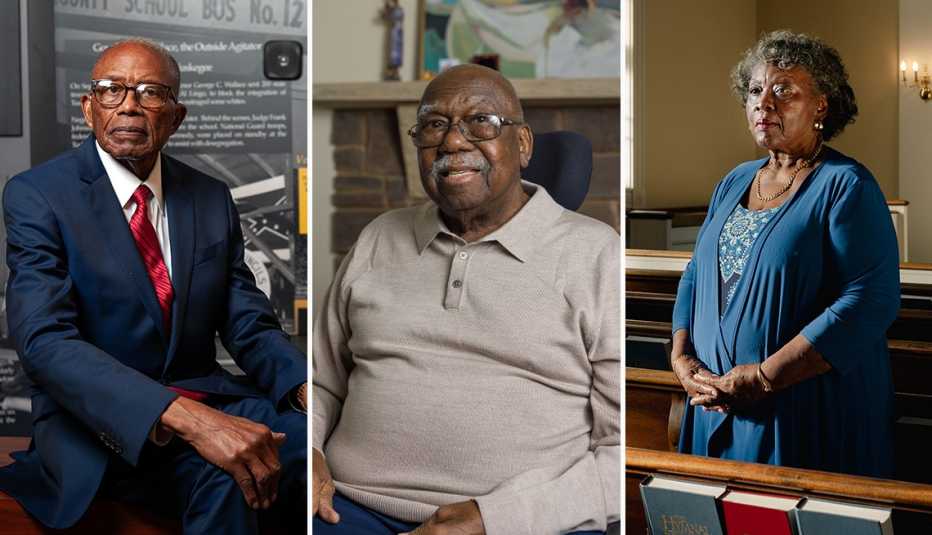
Martin Luther King Jr. Rosa Parks. Medgar Evers. John Lewis. These names ring through history as leaders of the vast, sprawling events that constituted the Civil Rights Movement, in which African Americans struggled for equality during the 1950s, 1960s and beyond. But the movement could not have succeeded without thousands of people of all races making important, if often overlooked, contributions, and without millions of people moved by their efforts deciding that it was time to do the right thing.
For Black History Month, we went in search of those men and women who did their part to change the history of America, without seeking fame or reward, simply because they saw the need to become part of the solution.


AARP Membership— $12 for your first year when you sign up for Automatic Renewal
Get instant access to members-only products and hundreds of discounts, a free second membership, and a subscription to AARP the Magazine.
Here are their stories.
Willie Pearl Mackey King on the Birmingham Jail letter
82, living in Montgomery County, Maryland
King worked from 1962 to 1966 as a member of Martin Luther King Jr.’s executive staff
Where I lived, in Atlanta in 1962, the landlady rented her extra bedrooms to college students and working young ladies. Dorothy Cotton lived on the first floor. [Cotton is known as a pillar of the Civil Rights Movement.] One day she asked if I was looking for work. I had never worked in an office. Dorothy gave me an address and said, “You should go here and apply.” That is how I got hired at the Southern Christian Leadership Conference.
They put me at the receptionist desk, and I started reading brochures about this place where I was working. I had never heard of “civil rights” before. Then, one day, this gentleman came in and greeted me, asking me about my church and my family. I realized that this was the man in the brochures! He was in charge of the Southern Christian Leadership Conference, and his name was Martin Luther King Jr.
Dr. King asked me if I would go with him on certain trips. I was elated! In December of 1962, I went with Dr. King to Birmingham, to organize a “people-to-people tour” of the state of Alabama. We visited towns all over the state, and this is how the Birmingham movement got started.

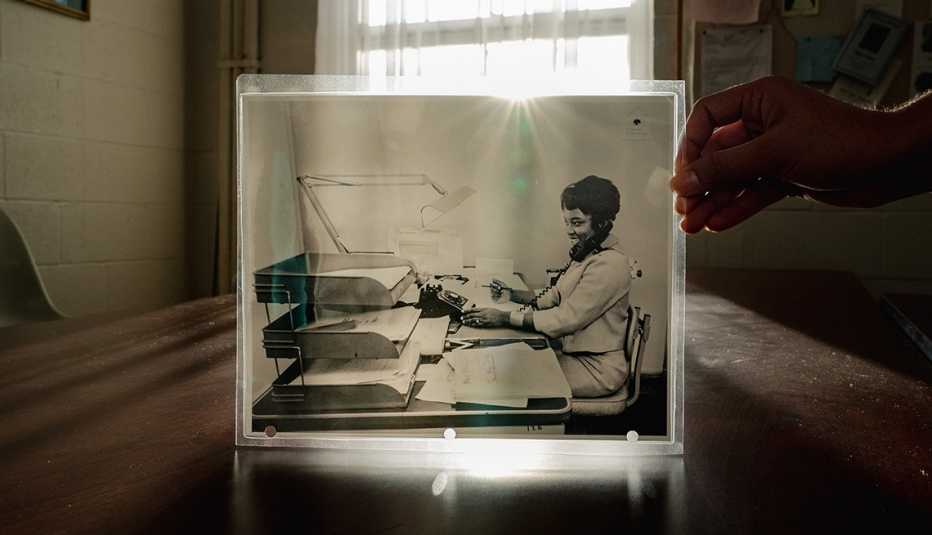
This was to be nonviolent protest in the heart of Jim Crow. The FBI told Dr. King, “There are credible threats against your life. We cannot guarantee your safety.” Well, Dr. King called us together. He said, “If you decide you don’t want to go on this trip, that it’s too dangerous, I will not be offended. Because we could be killed.” I looked around, thinking it would be canceled. But no one else said no. I went off and did my crying, then came back and said, “I’m going.”
On Good Friday in 1962, after the protests in Birmingham began, Dr. King was arrested. A group of eight ministers wrote an article, “A Call to Unity,” saying Dr. King was an outsider and urging locals not to participate in what he was doing. Dr. King decided that he was going to write an answer. He was in jail, and he asked the jailers for pen and paper. They said, “You’re not in a library! You don’t get anything to write with.”
He wrote on the edges of newspaper, on toilet paper, on sandwich bags. His attorney Clarence Jones hid the scraps under his suit jacket and slipped them out of the jail. We had to put together this jigsaw puzzle. We were on the floor, trying to figure it out, Scotch-taping things together. Dr. King’s handwriting was not the best. The lighting was terrible in his jail cell.
I was not allowed to leave the office for three days and two nights. I typed this document on an IBM Selectric typewriter, not a computer where you could cut and paste. If I made a mistake, I had to redo everything.
That is how we developed the “Letter from Birmingham Jail.” When we released it, no one paid attention at first. Only when Bull Connor [the city’s commissioner of public safety] ordered fire hoses and dogs onto the demonstrators in Birmingham’s Kelly Ingram Park did we start getting requests for the “Letter from Birmingham Jail.” I could not mimeograph enough copies. [The letter became one of the most important documents of the civil rights era.]
If people read that letter today, they will understand what Dr. King was doing in Birmingham and why he was fighting so hard for civil rights. In my opinion, none of his speeches or writings will give you a clearer vision of his mission.
My whole career was helping people. That was instilled in me by Dr. King and others that I worked with so closely. I can’t think of a better way to spend a life, than helping people.


Charles Person on the Freedom Riders
81, living in Atlanta
Civil rights activist, the youngest member of the original Freedom Riders. Later, a Vietnam veteran and the author of Buses Are a Comin’
My dad was a patriotic veteran of the Second World War. He was optimistic that change would come for Black people. “This is our country too.” That’s what my dad preached.
My journey began when, as a high school senior in Atlanta, I applied to Morehouse College [a historically Black university] in Atlanta and was accepted.
When I got to campus in 1960, the sit-in movement was beginning. I was there every day. The idea was to enter a restaurant, sit at the counter and shut the restaurant down, because we knew, as Black people, we would not be served. We would sit there and do our studies. Ultimately, I was arrested with others.
In 1961, the Congress of Racial Equality organized the first Freedom Ride. I submitted an application and they chose me. The idea was to challenge the nonenforcement of the United States Supreme Court decisions that ruled that segregation on interstate buses and in bus terminals was unconstitutional. The Southern states were ignoring these decisions. Our goal was to simply ride the bus south and sit where they said we couldn’t. This was not an act of civil disobedience. The law was on our side.

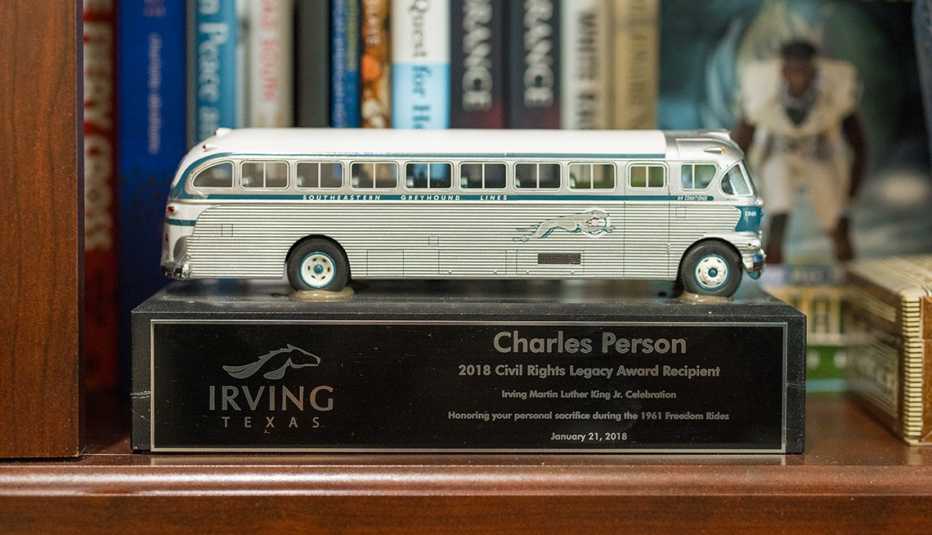
I was 18 and needed a parent’s signature. Dad approved. Mom was reluctant. But I went. The first Freedom Ride bus left Washington, D.C., on May 4, 1961. Aboard was a mix of Black and white activists, including future Congressman John Lewis. I was the youngest Freedom Rider on that first trip.
We were well-groomed, because how we presented ourselves was important. Each night, we stayed with members of congregations who fed us. We switched buses each day for safety. Media rode with us. We were ordinary people, trying to do things to make our lives extraordinary.
People taunted us all the way to Alabama. When we got to Anniston, on May 14, 1961, a group of men boarded the bus and came toward us. That is when the beatings started. In Birmingham, the next stop, a mob was waiting when we exited the bus. My fellow Freedom Rider James Peck went down almost immediately. I maintained my balance but had my scalp opened. I got away from the crowds and, as luck would have it, a city bus came by. I got on, and the driver had sympathy; he took me to a safe place. He said, “If you go across the tracks, there will be someone there to help you.”
I ended up in a church, where a nurse put a bandage on my head that pulled my scalp together. [The beatings made national news as a pivotal event in the civil rights struggle.] Using photographs, the FBI identified the men who beat us. I thought it was a slam-dunk case. But there was no way an all-white jury in the South would convict white men for beating up a Black person. I was very disappointed.
I made the entire ride to New Orleans, and when I got back to Atlanta, my mom thought I’d be killed if I stayed in the Civil Rights Movement. Like my father before me, I chose to serve. I entered the Marine Corps and went to Vietnam. I was exposed to Agent Orange and have cancer today. My brother, who went to Vietnam, died from his exposure, as did my cousin and the best man at my wedding. God just seems to keep me here.
Whenever I have the chance to speak to young people, I tell them they can change the world. I hope they listen, not only to me, but to anyone who tells them they have the power to make the world a better place.






























































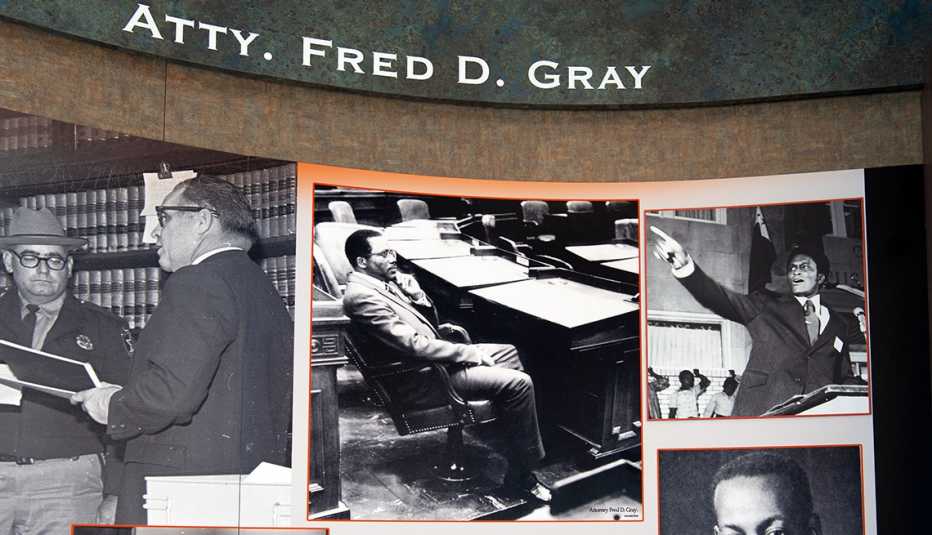


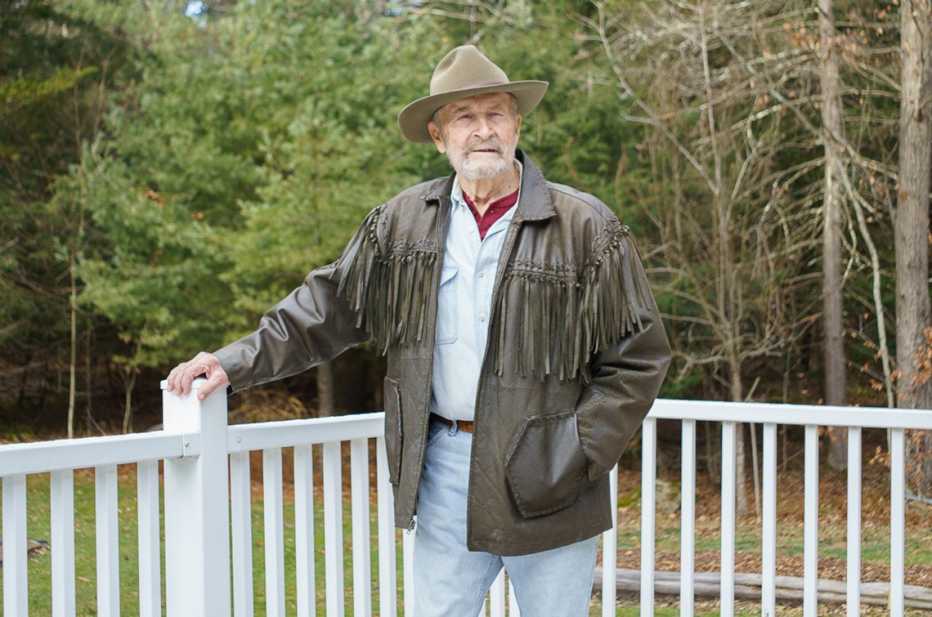


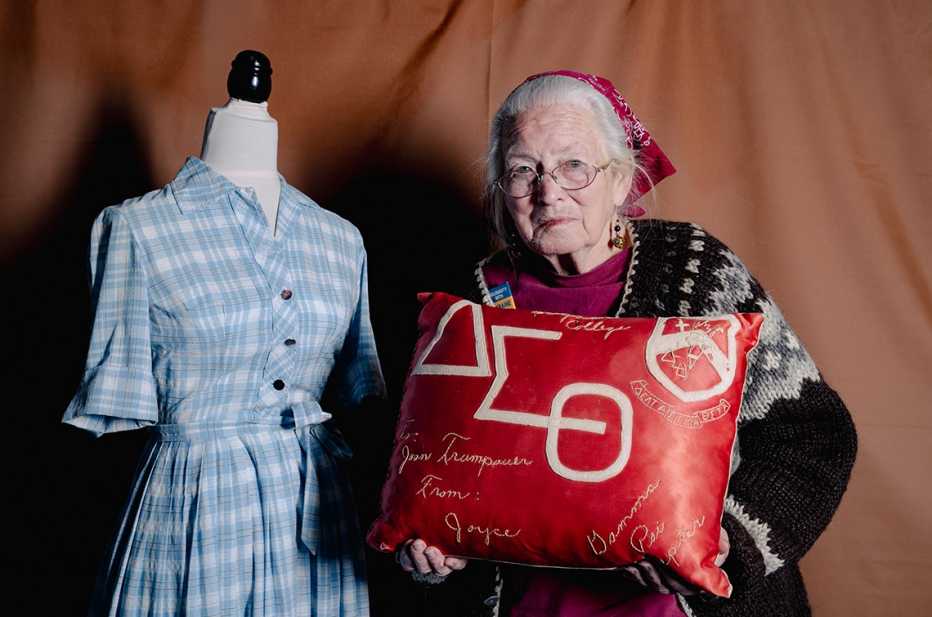
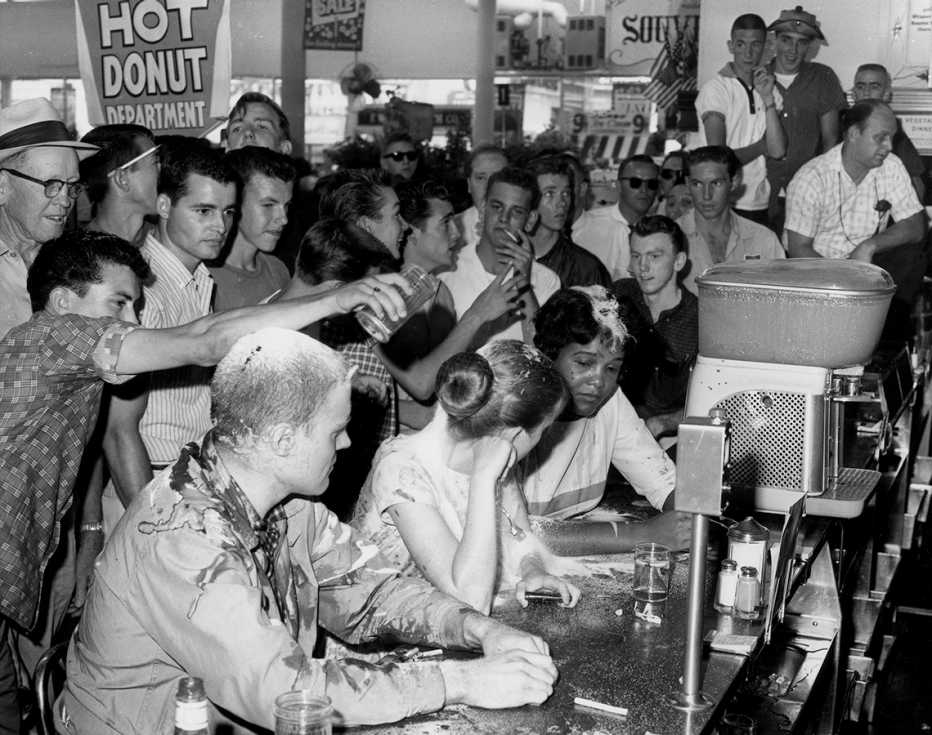
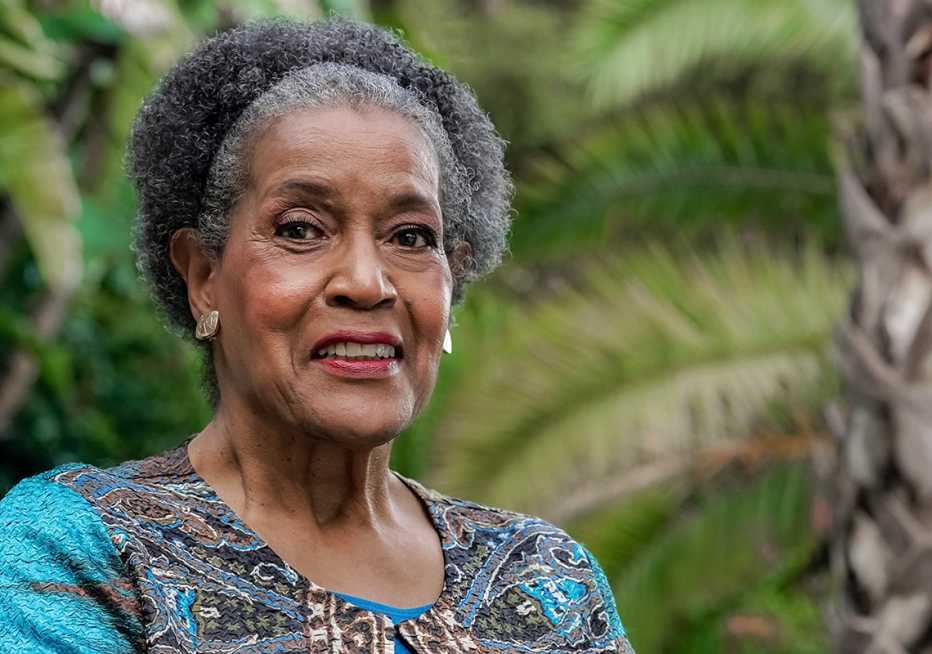
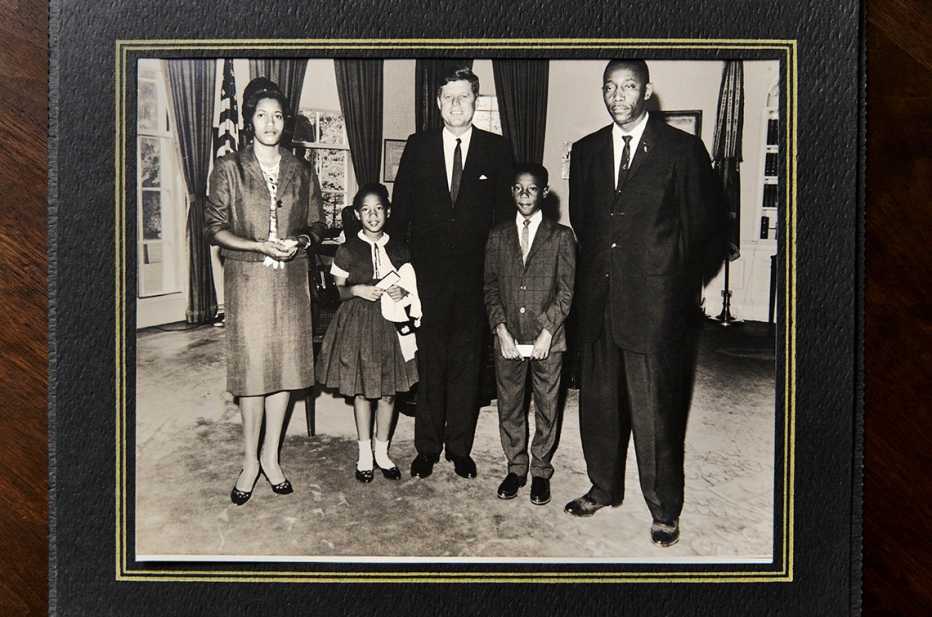




More From AARP
Remembering John F. Kennedy’s Assassination
Look back on the president's shocking death 60 years agoBernice King, MLK’s Daughter, Reflects on Legacy
On the 60th anniversary of the historic 1963 March on Washington, King ponders its impact
7 Leaders Who Carry on Martin Luther King Jr.'s Legacy
These modern trailblazers continue to work on civil rights issues
Recommended for You